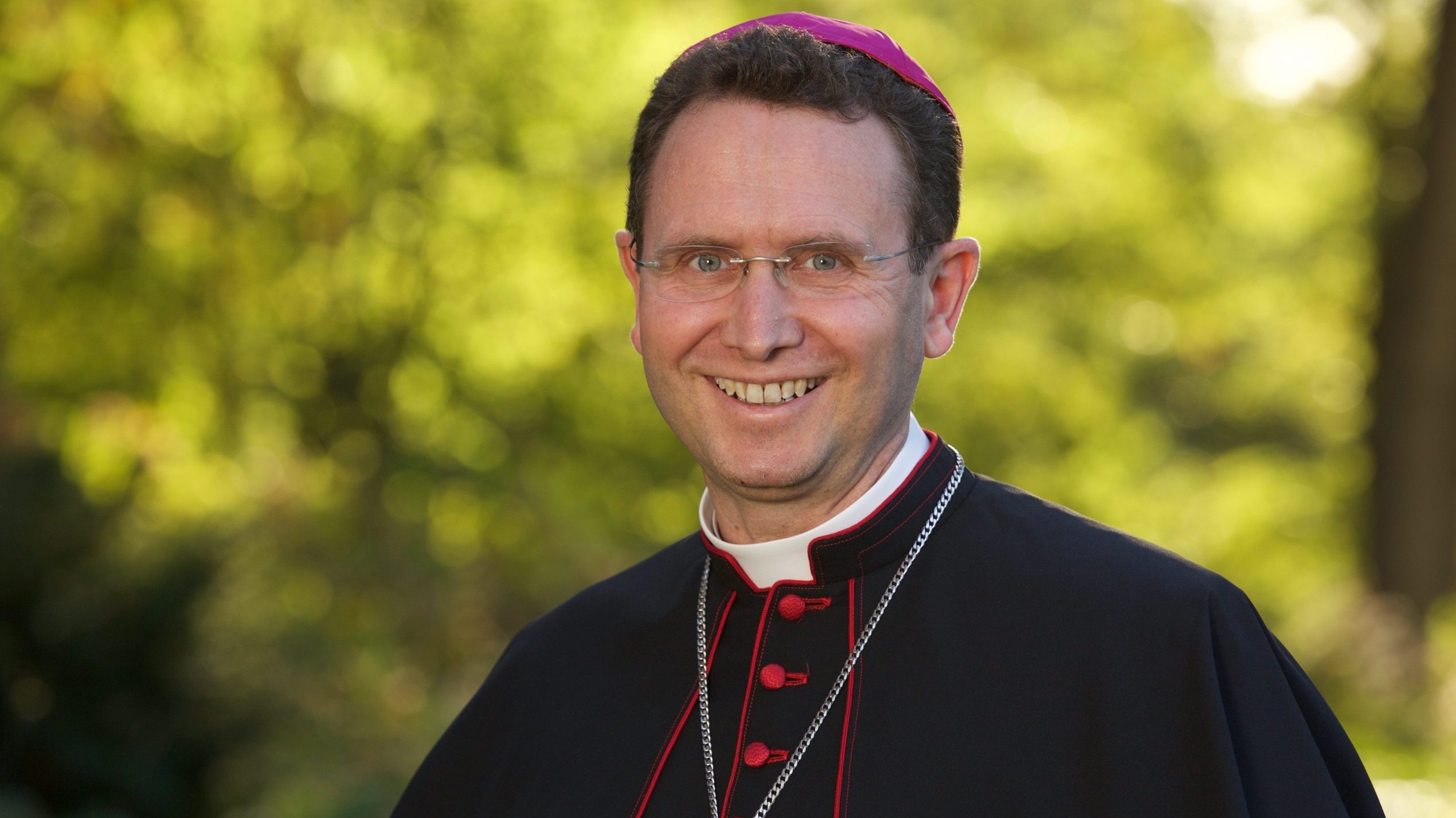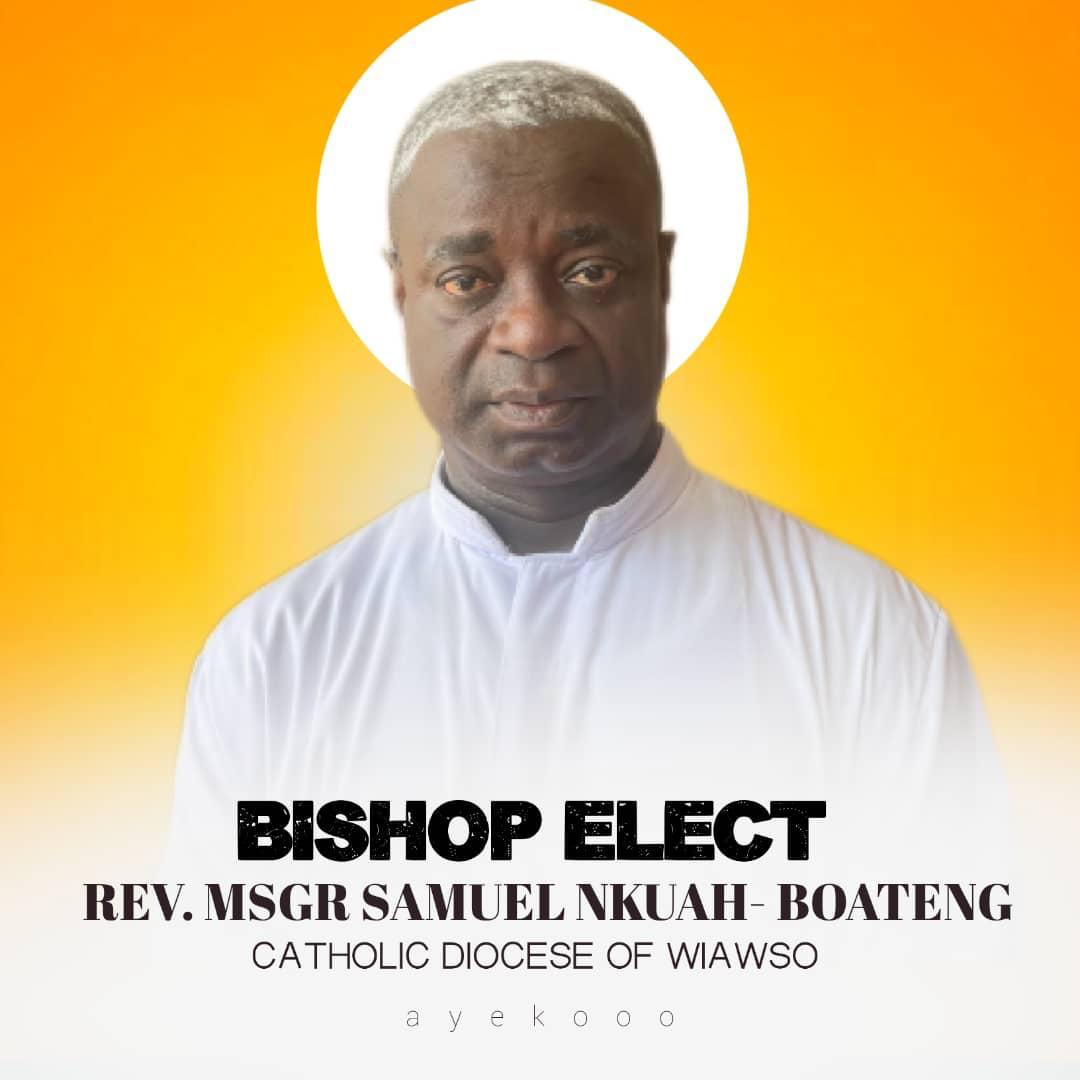Is the papacy undergoing a significant transformation, particularly in its leadership? The recent flurry of appointments and resignations, coupled with the emphasis on younger prelates, suggests a conscious effort by Pope Francis to shape the future of the Catholic Church and solidify his legacy.
The landscape of the Catholic Church is perpetually evolving, a reality underscored by the constant movement of its leaders. Recent months have witnessed a series of appointments and resignations of bishops across the globe, a testament to the dynamic nature of the Church's governance and its ongoing efforts to adapt to the challenges of the modern world. These changes, orchestrated by Pope Francis, offer a glimpse into his vision for the Church, as well as the challenges and opportunities he sees in its future.
In Bangalore, on November 9, 2024, the Catholic Church in India received significant news. Pope Francis announced several key appointments, signaling a renewal of leadership within the Indian dioceses. These appointments, impacting four distinct regions, mark another chapter in the ongoing process of leadership transition within the Church.
One of the most prominent appointments in this round was the selection of Father Thomas DSouza, a 54-year-old priest, as the Bishop of Vasai in Maharashtra. The Diocese of Vasai, a significant presence in the state, is now under new pastoral care, a reflection of the ongoing transition and the Church's commitment to providing spiritual guidance to its flock.
Additionally, the Pope appointed Father Ambrose Pitchaimuthu, aged 58, as the Bishop of Vellore in Tamil Nadu. This appointment, like the others, underscores the Church's commitment to providing spiritual leadership and ensuring the continued growth of the faith in different parts of India.
The appointment of Reverend Anthony Das Pilli, 51, as the Coadjutor Bishop of Nellore in Andhra Pradesh, further reinforced the theme of leadership renewal in India. The appointment of a coadjutor bishop indicates a planned succession, providing a period of transition and ensuring continuity in the leadership of the diocese.
These appointments weren't isolated incidents. Pope Francis's actions reflect a broader pattern of leadership changes within the Church. Beyond India, the Holy Father has been actively shaping the leadership of dioceses around the world, introducing new figures into positions of power and responsibility.
These decisions are often met with both anticipation and scrutiny, as they influence the direction of the Church and its response to contemporary issues. The impact of these appointments will be felt across various levels of the church, from local parishes to the global stage.
The impact of these appointments are more than just the individuals involved. They touch upon the wider state of the church, its health, and its ability to adapt to the modern world.
For example, on May 7, 2024, Pope Francis appointed Father James Mark Beckman, a 61-year-old priest from the Diocese of Nashville, as the fourth Bishop of the Diocese of Knoxville. This appointment reflects a trend that is seen in the Church, which is the appointment of leaders who are under the age of 60, which some view as an attempt by the pope to secure his legacy.
Further underlining the point, it's worth noting that since February 2024, Pope Francis has appointed four men under the age of 60 to lead significant archdioceses worldwide. These decisions have been widely interpreted as a deliberate move to reinforce his vision and influence within the Church's hierarchy for years to come.
Another round of appointments was announced in Bangalore on January 13, 2024. These included new bishops for Karwar, Meerut, Kuzhithurai, Kumbakonam and an auxiliary bishop for Vijayapuram. This demonstrates the Pope's comprehensive approach to leadership transition, encompassing both dioceses and the appointment of auxiliary figures.
Furthermore, the Pope accepted the resignation of Bishop Kannikadass Antony William from the Diocese of Mysore. This event, while representing a change, allows the church to plan and prepare for the future leadership.
These key appointments, both in India and globally, provide a clear picture of the ongoing transformation. These decisions reflect the Churchs response to its changing circumstances.
On June 29, 2024, Pope Francis bestowed the Pallium upon Archbishop Christopher Coyne of Hartford, Connecticut. The Pallium, a symbol of papal authority, was given during a Mass for the Feast of Sts. Peter and Paul in St. Peter's Basilica at the Vatican. This event symbolized the significance of unity and authority within the Church.
The impact of the Pope's decisions is also evident in the United States. On December 20, 2024, Cardinal Christophe Pierre, the Apostolic Nuncio to the United States, announced the appointment of the Most Reverend Gregory Kelly, Auxiliary Bishop of Dallas, as the fifth Bishop of the Diocese of Tyler. This demonstrates the far-reaching implications of these leadership changes.
Pope Francis recently appointed Mario Delpini, 66, to serve as Archbishop of Milan, succeeding Cardinal Angelo Scola. Delpini's experience as Milan's auxiliary bishop for a decade highlights the importance of experience and familiarity within leadership roles.
On April 8, 2025, the Vatican announced the appointment of Baltimore Auxiliary Bishop Bruce Lewandowski as the new head of the Diocese of Providence. This appointment, too, marks a change in leadership, further illustrating the Church's ongoing evolution. Subsequently, Pope Francis appointed Bishop Bruce Alan Lewandowski as the tenth Bishop of Providence.
The appointment of the new bishop in Providence, and indeed, many of these changes, have been observed with great interest and anticipation. They give people an opportunity to reflect on what the church is going through.
The Churchs structure and function require a continuous process of renewal. The decisions made by the Pope affect every aspect of life.
The significance of the decisions, however, extends beyond the individuals appointed, signifying a strategic shift in direction and emphasis within the global Catholic community.
The ongoing transition is a response to the ever-changing needs of the global Catholic community.
In the United States, the trend continues. The appointment of the Most Reverend Gregory Kelly as the fifth Bishop of the Diocese of Tyler underscores the ripple effect of the Pope's decisions. Announced on December 20, 2024, this appointment, like others, speaks to the Church's ongoing commitment to strong leadership.
The appointment of Bishop Reidy as the sixth bishop further reinforces the impact of the changes.
On April 9, 2024, the Vatican announced that Pope Francis had appointed three new bishops in the United States, affecting the Archdiocese of Cincinnati and the Dioceses of Sioux City and Norwich. These actions show the scope of the transitions the Pope is making.
The Catholic Diocese of Tyler announced that Francis appointed the Most Reverend Gregory Kelly to lead the regional body, emphasizing the continued presence of change in various areas of leadership.
On February 11, 2025, the Vatican announced that Pope Francis had accepted the resignation of Bishop Peter Jugis of the Diocese of Charlotte, North Carolina, and appointed a new prelate to take his place. This demonstrates the commitment to continuity and change.
On Tuesday, Pope Francis appointed Father Anthony Gerard Percy as a new auxiliary bishop for the archdiocese of Sydney and as bishop of the titular see of, a further demonstration of the scope and scale of these appointments.
The appointment of Bishop Marcelino Antonio Maralit Jr. as the new spiritual head of the Diocese of San Pablo in Laguna province underscores the global reach of the Pope's actions.
On Saturday, Pope Francis named Spanish Bishop Miguel Ayuso Guixot as president of the Pontifical Council for Interreligious Dialogue. This demonstrates the Pope's commitment to interfaith relations and his vision for a more inclusive Church.
The appointment of Bishop Marcelino Antonio Maralit Jr. as the new bishop of the diocese of San Pablo is another significant development. This appointment, affecting a diocese located in the Philippines, highlights the worldwide impact of Pope Francis's decisions.
The Diocese of San Pablo has been without a bishop since September 2023, a result of the resignation of Bishop Buenaventura Famadico. This change underscores the ongoing process of leadership transitions within the church.
In February 17, 2023, India also witnessed a wave of episcopal appointments. The Pope accepted the resignations of one archbishop and five bishops on the same day. These decisions reflect the dynamic nature of the Church's leadership.
On January 13, Pope Francis appointed six new bishops to the dioceses of Jabalpur, Meerut, Kumbakonam, Kuzhithurai, and Karwar, and an auxiliary bishop for Vijayapuram. This shows the breadth of change occurring under the Pope's leadership.
These decisions encompass a wide range of roles within the Church and reflect his strategic vision for the Church's future. He also accepted the resignations of several bishops, including those of Jabalpur, Kumbakonam, and Mysore.
The appointment of new auxiliary bishops in Chicago, including Rev. Jos Maria Garcia Maldonado and Rev. Siemianowski, further demonstrates the breadth and depth of his influence.
On January 13, 2024, Pope Francis made further appointments in India, appointing bishops to five dioceses and an auxiliary bishop in four states. These decisions underline the widespread nature of his actions.
The Pope also accepted the resignations of three bishops, reflecting the dynamism of Church leadership.
These actions underline the significance of the Popes role and the importance of his decisions for the global Catholic Church.
The impact is felt across the world, from local parishes to archdioceses, affecting many lives.
The transitions of bishops, whether in the US, India, or elsewhere, are part of an ongoing process of renewal within the Catholic Church. The appointments made by Pope Francis are far-reaching and will continue to shape the direction of the church for years to come.
The appointment of Father James Mark Beckman as Bishop of Knoxville, Tennessee, in June 2024, almost a year after the previous bishop resigned following allegations of mishandling sex abuse, provides another example. This appointment underscores the Church's commitment to addressing complex issues while ensuring the ongoing provision of leadership.
In China, the appointment of Bishop of Hangzhou, and his participation in the XVI Ordinary General Assembly of the Synod of Bishops in Rome demonstrates the Churchs outreach and its commitment to engaging with the global community. The Pope is fostering dialogue with diverse voices within the Church.
These changes, although challenging, underscore the strength of the Church, and its commitment to its mission.
On November 9, 2024, new leaders were appointed to serve four dioceses in India, ushering in a season of fresh guidance and stewardship for the faithful communities of Vasai, Vellore, Nellore, and Bagdogra. This change reflects the ongoing process of leadership transitions, as well as the Church's constant efforts to adapt to the challenges of the modern world.
Father Thomas DSouza, aged 54, was appointed Bishop of Vasai in Maharashtra, demonstrating the leadership transition in the area. This highlights the Popes global efforts to revitalize the church.
These instances, scattered across the globe, paint a clear picture of Pope Francis actively shaping the future of the Church. The appointments, the resignations, the emphasis on youth, and the strategic placement of leaders all serve to reinforce the idea that the Pope is not only guiding the Church in the present but also laying the groundwork for its continued growth and influence in the years to come. Each appointment is a strategic decision, each resignation a necessary step, all contributing to the ongoing evolution of the Catholic Church under his leadership.


